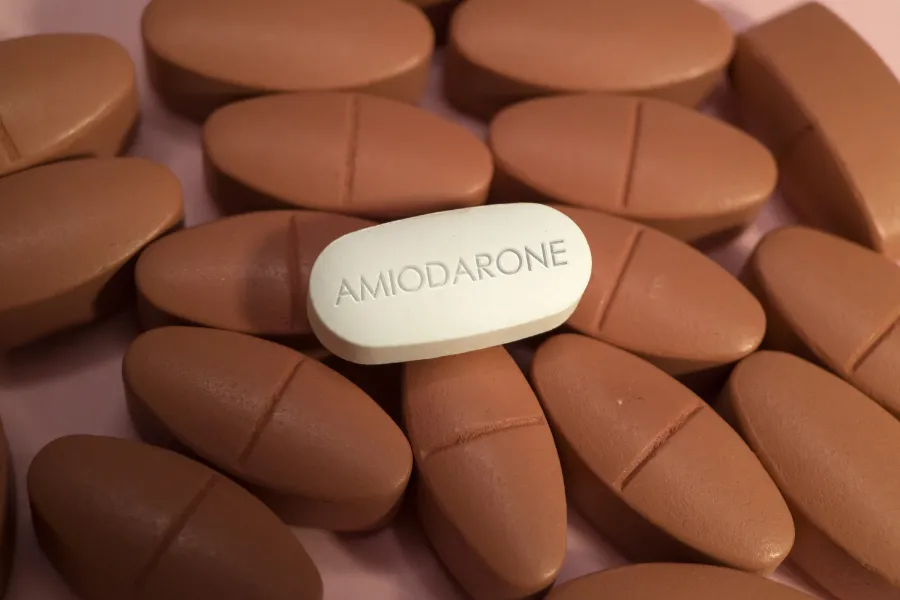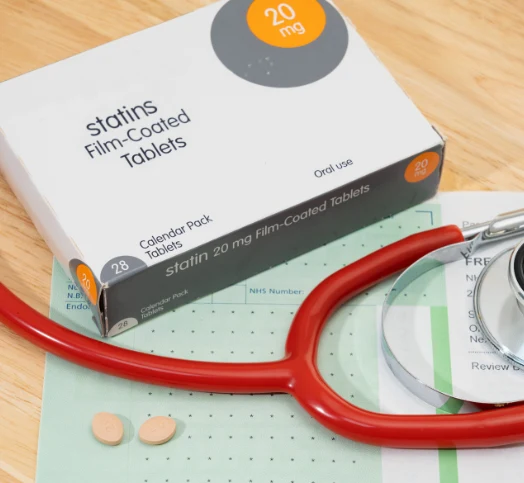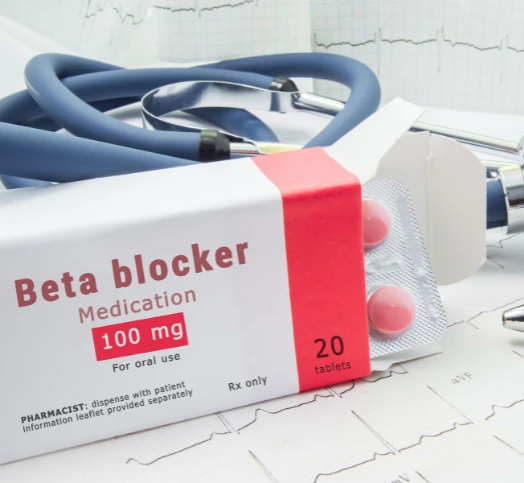Amiodarone is a powerful medication for certain rapid and / or irregular heartbeats, known as arrhythmias. It’s especially important for serious cases that can be life-threatening. However, using Amiodarone requires careful monitoring due to its complex nature and potential side effects.
What is Amiodarone?
Amiodarone belongs to a group of medications called antiarrhythmics. These drugs help control abnormal heart rhythms by stabilizing the heart’s electrical activity. The heart has a complex and intricate network of electrical pathways, similar to the wiring in our homes. These pathways work in harmony to keep our heart beating regularly, ensuring that oxygen and nutrients are delivered throughout the body. When these circuits misfire, it can cause the heart to beat very fast or in an irregular and fast manner, such as in atrial fibrillation. Amiodarone works in multiple ways to ensure the heart beats regularly, making it very effective for treating various types of arrhythmias.
Uses of Amiodarone
Amiodarone is mainly used to treat:
While amiodarone is often not the first-line treatment for many heart rhythm issues, it can be crucial, particularly in acute hospital settings. In these situations, it is frequently administered via an intravenous cannula, allowing it to work faster than when taken orally.
It is useful for:
Ventricular Arrhythmias: Abnormal heart rhythms originating from the lower chambers of the heart. It’s especially used for ventricular tachycardia (VT) which can be very dangerous if not treated.
Atrial Arrhythmias: Irregular heartbeats that start in the upper chambers of the heart, such as atrial fibrillation (AF) and atrial flutter.
Supraventricular Tachycardias (SVT): Rapid heartbeats that originate above the heart’s ventricles, helping to control the heart rate and rhythm.

Dosage and Administration
The way Amiodarone is given depends on the condition being treated and can be administered orally (by mouth) or intravenously (through an IV). The oral form can be taken up to three times a day initially, but the maintenance dose is usually once daily. This allows for an initial high dose, known as a loading dose, to reach effective levels quickly.
When given in the hospital, amiodarone can be administered through a large-sized cannula in the vein. It is often given as an infusion over a 24-48 hour period, depending on the clinical situation.
Trade names
Amiodarone is sold across the world with various trade names including:
- Cordarone
- Pacerone
- Aratac
- Aratac S
- Amiodar
- Amiodacore
- Tachyben
- Atlansor
- Cardioarone
Side Effects
Amiodarone is very effective but comes with a range of potential side effects that need close monitoring:
With careful monitoring by your healthcare professional, amiodarone can be well tolerated. However, it may be associated with some significant side effects, especially when used for extended periods.
These can include:
- Heart: Slow heart rate (bradycardia), low blood pressure, and other heart rhythm issues.
- Lungs: Serious lung problems like inflammation (pneumonitis) and scarring (fibrosis).
- Thyroid: Changes in thyroid function, leading to either underactive (hypothyroidism) or overactive (hyperthyroidism) thyroid.
- Liver: Increased liver enzymes and possible liver damage.
- Skin: Sensitivity to sunlight and blue-gray skin discoloration.
- Nervous System: Tremors, numbness, and difficulty with coordination.
- Eyes: Deposits in the cornea and possible damage to the optic nerve.
Precautions
To minimize risks, certain precautions are necessary when taking Amiodarone:
Regular Monitoring:
Heart: Regular ECGs to check the heart rhythm.
Lungs: Initial and periodic chest X-rays and lung function tests.
Thyroid: Thyroid function tests before starting and monitored reguarly.
Liver: Liver function tests at the beginning and periodically.
Eyes: Regular eye exams.
Drug Interactions
Amiodarone can interact with many other medications, such as blood thinners (like warfarin), heart medications (like digoxin), and cholesterol-lowering drugs (like statins). These interactions often require dose adjustments and careful monitoring. Patients should be informed about the possible side effects, especially those affecting the thyroid, lungs, and liver. They should be advised to report any symptoms like shortness of breath, persistent cough, weight changes, or vision problems.
Conclusion
Amiodarone remains a cornerstone in the management of complex arrhythmias due to its efficacy. However, its use demands a thorough understanding of its pharmacology, vigilant monitoring for side effects, and careful patient management to mitigate potential risks. With these precautions, Amiodarone can be a highly effective tool in the cardiologist’s arsenal.











